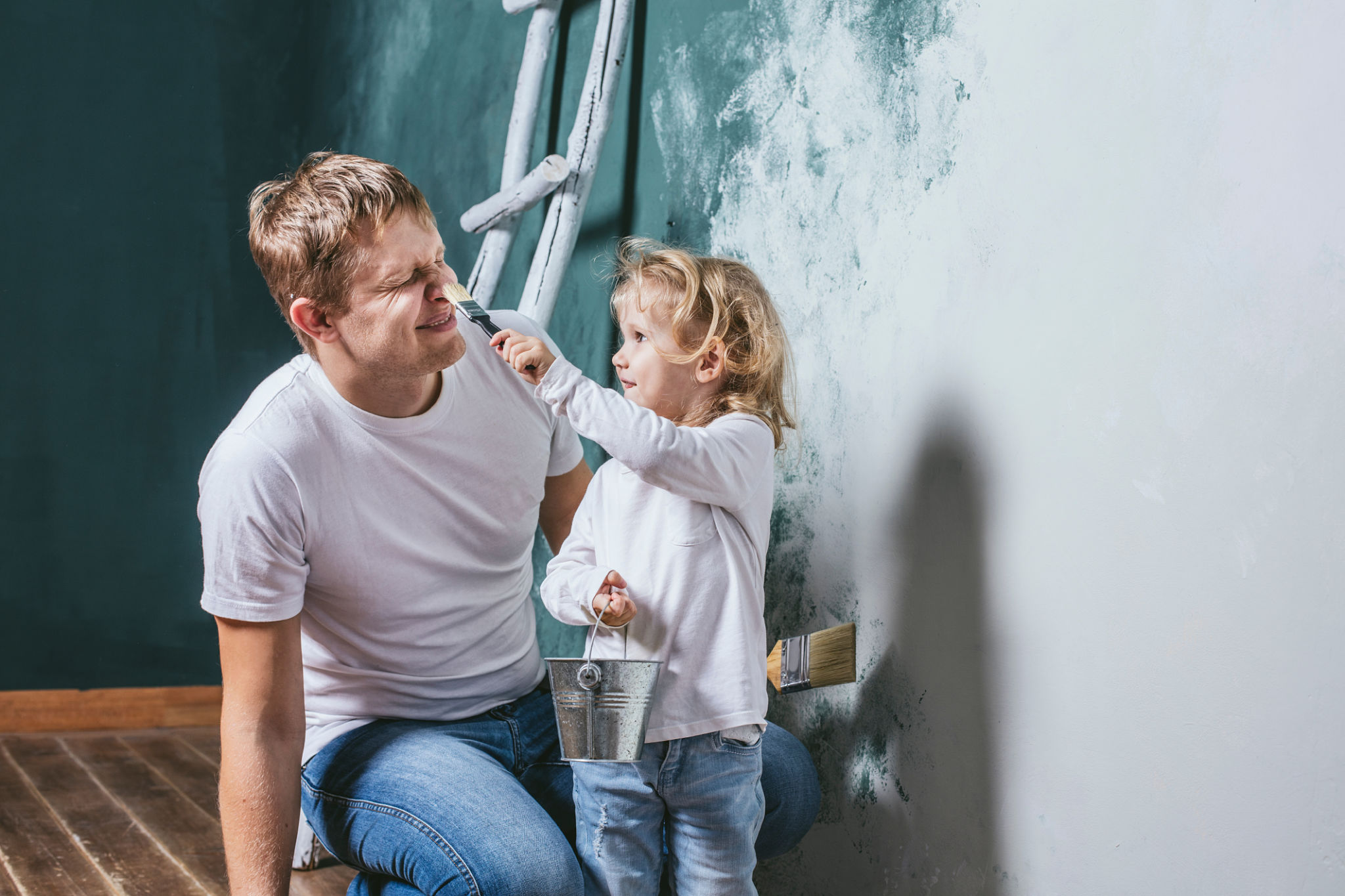Common Mistakes to Avoid When Painting Your Home
Introduction
Painting your home can be an exciting yet daunting task. With the potential to transform the look and feel of your space, it's crucial to approach this project with careful planning and execution. However, many homeowners make common mistakes that can lead to unsatisfactory results or additional expenses. Here, we’ll guide you through some of these pitfalls and how to avoid them for a smooth painting experience.
Skipping the Prep Work
One of the most common errors is neglecting the preparation phase. Proper prep work is essential for a successful paint job. This includes cleaning walls, repairing holes, and applying primer. Without these steps, your paint might not adhere properly, leading to peeling or uneven surfaces.

Choosing the Wrong Paint
The selection of paint is critical. Many people opt for the cheapest option without considering the specific needs of their surfaces or environment. Choose high-quality paint that suits the area you're painting. For instance, bathrooms need moisture-resistant paint, while high-traffic areas benefit from durable finishes.
Not Testing Colors
It's easy to underestimate the importance of testing paint colors in your home environment. Colors can look different under varying lighting conditions. Before committing, test a small patch on your wall and observe it at different times of the day to ensure it meets your expectations.

Ignoring the Weather
Weather conditions play a significant role in painting projects. High humidity or extreme temperatures can affect how paint dries and adheres. Always check the weather forecast and aim for days with mild, dry conditions to achieve the best results.
Using Low-Quality Tools
Investing in quality brushes and rollers is as important as choosing the right paint. Low-quality tools can leave streaks and bristles on your walls, detracting from the overall finish. Opt for reputable brands known for their durability and performance.

Applying Too Much Paint
Applying thick coats of paint might seem like a time-saver, but it often leads to drips and uneven coverage. It's better to use thin layers and allow them to dry between applications. This ensures a more professional finish and prevents issues like cracking.
Conclusion
Painstaking attention to detail and avoiding these common mistakes can make your home painting project a rewarding endeavor. By preparing correctly, choosing suitable materials, and applying them with care, you'll enjoy a fresh, new look that enhances your living space for years to come.